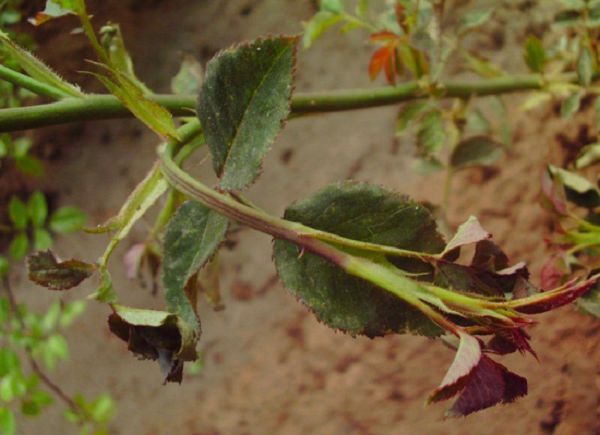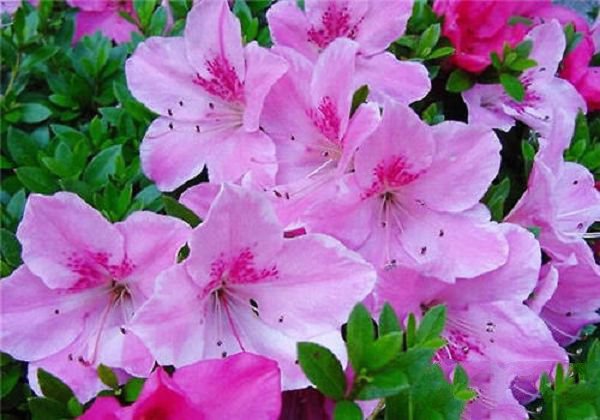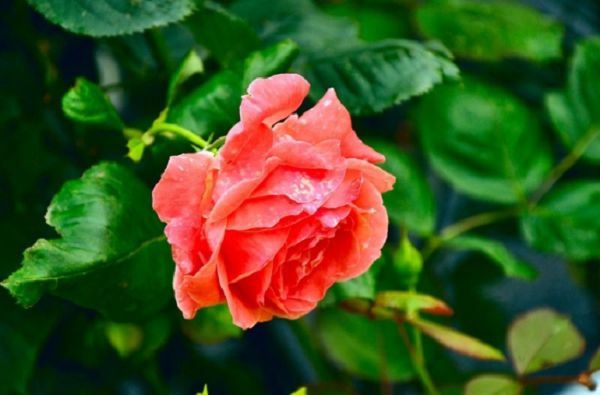What are the common physiological diseases of flowers? How to prevent and cure?

The common physiological diseases of flowers are as follows:
The main results are as follows: (1) the branches are slender and long, the internodes are long, the leaves are thin, large and thin, and the color is light, which is caused by insufficient light, so the sunshine time should be increased or the light source should be moved closer.
(2) the lower leaves of the plant are curly and the new leaves do not grow big, which is due to too much light. Should be properly shaded or the light source should be moved away.
(3) the branches and leaves are wilting, the color becomes dark and mildew gradually, which is caused by too much watering, so the amount and times of watering should be controlled, especially in the dormant period. Check whether the drainage hole of the basin floor is blocked.
(4) the leaf shrinks, the leaf tip is yellowish brown, and the lower leaves of the plant fall off, which is the cause of water shortage. Each watering should be adequate, do not water half of the water, do not only water a little, to make the basin soil all wet.
(5) the leaf margin is wrinkled and yellowish brown, which is caused by insufficient humidity. In addition to spraying leaf water, you should also sprinkle more water around the potted flower environment.
(6) the plant has few buds, only leaves and branches grow without flowering, and moss appears on the tile basin, which is caused by too much nitrogen fertilizer. The times and quantity of fertilization should be reduced, nitrogen fertilizer should not be used during bud pregnancy, and more phosphorus and potassium fertilizer should be applied.
(7) the new leaves and trunk are not long, the lower leaves of the plant are sagging, and the leaves are light, which is the reason for the lack of fertilizer. The amount and times of fertilization should be increased during the growing season.
(8) the leaves are yellow, curly and withered, which is due to the high temperature. The flowerpot should be moved to a cool and ventilated place, or sprinkled or sprayed with water.
(9) the yellowish-brown spots on the leaves are caused by sunburn. Should be properly shaded to prevent direct sunlight.
(10) the white or yellow spots on the leaves of overwintering plants are caused by cold water droplets on the leaves. The watering temperature should not be lower than the indoor temperature.
(11) there are white crystals on the surface of the pot soil and the edge of the flowerpot, and the plant leaves shrink, rot and fall off, which is caused by excessive fertilization. Can first dissolve the white crystal by watering, and then remove it by pouring a large amount of water half an hour later.
(12) the basin is covered with exposed fibrous roots, and some fibrous roots are drilled out of the drainage holes at the bottom of the basin. After watering, the leaves are easy to wilt, the new leaves are few and small, and the pots have not been changed or the flowerpots are too small for many years. A larger basin should be replaced.
Related
- What if the leaves of potted flowers turn yellow?
- Florescence Control of several Flowers
- Anti-freezing technology and post-freezing nursing technology of flowers
- What is the classification of flowers? What are the common methods of flower classification?
- Prevention and control of alkali and acid damage of flowers in courtyard
- Technology of Anti-freezing and restoring growth of Flower seedlings in greenhouse and greenhouse
- How does flower fertilization not hurt the root? Fertilization technology of flowers
- Key points of disinfection in flower greenhouse
- Several pesticides that are banned or used cautiously in flowers
- How to fertilize the flowers that watch the leaves?



